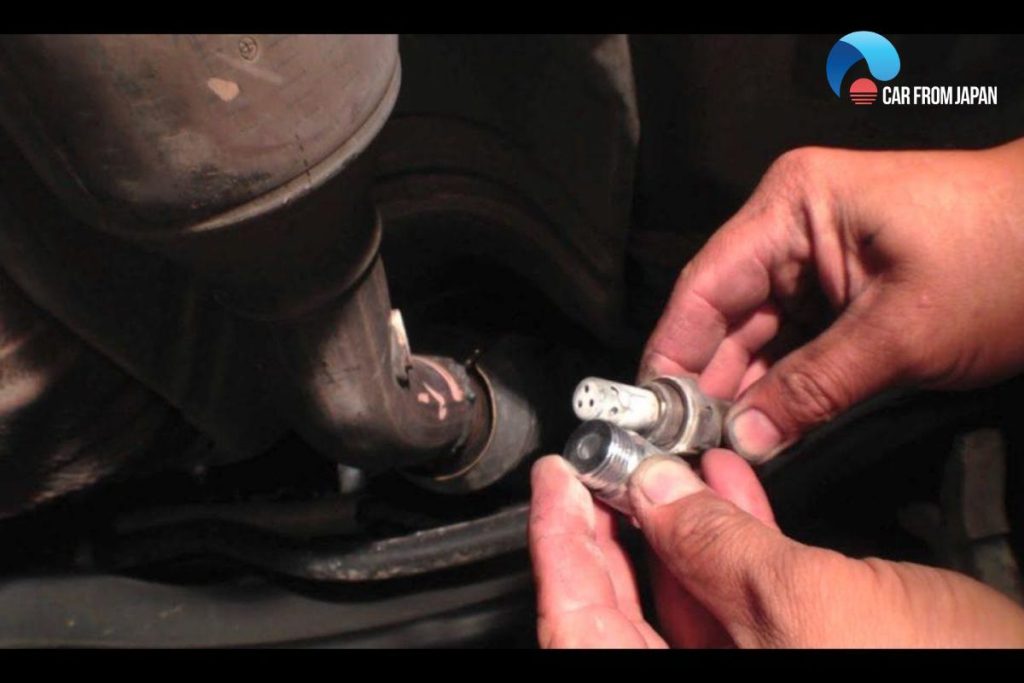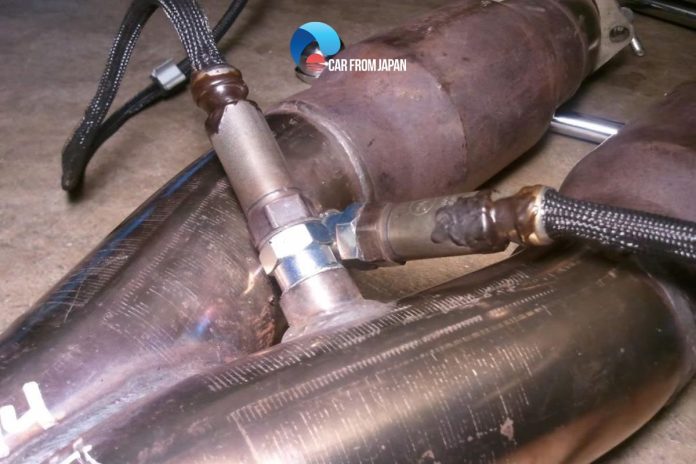Every month, eighty out of hundred people send half of their money on car repairing and maintenance. But, a few things like installation of spark plug non-fouler can be done by yourself.
To accomplish that, all you need is the right method that would lead you to the successful installation of spark plug non-fouler.
Here you will get to know about the best method on how to install spark plug non-fouler in your vehicle. Let’s check it out now!
Contents
- What Is A Spark Plug Non-Fouler?
- How To Install Spark Plug Non-Fouler In Your Car?
- FAQs on Installing Spark Plug Non-Fouler
- What is the difference between a 14mm and 18mm non-fouler, and how do I know which I need?
- Why is anti-seize important when installing a non-fouler?
- Can using a non-fouler damage the catalytic converter over time?
- Is it better to use a non-fouler on all cylinders or just the fouling one?
- Can spark plug non-foulers cause cold start issues?
- In the Nutshell
What Is A Spark Plug Non-Fouler?
Before installing, it is obvious that car owners must have the basic knowledge of spark plug Non-fouler. So what is a spark plug defouler and what can it do?
The spark plug non-fouler, or spark plug anti fouler is the plug that can not only stop spark plug damage but also fix spark plug fouling.
There are many situations when the engines run too rich or have oil issues. In short, the spark plug non-fouler can improve engine performance.
Spark plug non-foulers aren’t one-size-fits-all. They come in a few variations, each designed for slightly different situations.
Straight non-foulers
This is the most common type and resembles a small, hollowed-out bolt. It simply adds extra space between the oxygen sensor and the exhaust stream.
Straight non-foulers are generally suitable for mild cases where the sensor is picking up slightly too much unburnt fuel or oil vapor.
Angled non-foulers
These have a bend or angle built-in, allowing you to position the oxygen sensor differently within the exhaust stream.
They are particularly useful when space is limited or when a straight non-fouler doesn’t provide enough separation.
Angled non-foulers can sometimes be more effective at reducing the amount of contaminants reaching the sensor.
Mini-catalytic converter non-foulers
These contain a small catalytic element designed to further burn off any remaining hydrocarbons before they reach the oxygen sensor.
Mini-catalytic converter non-foulers are more expensive and may not be necessary for all applications. Also, the catalytic element will eventually wear out, requiring replacement.
Choosing the right type of non-fouler depends on the specific application and the severity of the issue you’re trying to address.
How To Install Spark Plug Non-Fouler In Your Car?
Installing the spark plug anti fouler could be a typical thing to do but not when it’s done in the right way.
But, before you start the entire installation procedure, don’t forget to have all security tools near you. So, let’s get started!
Step 1. Fit the Sensor
Your car can have room for either one or two spark plug non-fouler. If you want to install more than one spark plug, it’s preferable to have an electric drill machine by your side.
When you are out to buy the spark plug, go for at least eighteen mm size. To begin the installation, reset your ECU (Engine Control Unit) by disconnecting the negative terminal on the battery.
Drill down the center of one non-fouler to the half by taking it out. Doing this would make enough space for the sensor to fit inside it easily.

See More: Denso or NGK- Which Spark Plug To Choose For Your Car?
Step 2. Screw Spark Plug & Unscrew Sensor
After successfully locating the sensor inside the spark plug non-fouler, screw it to the tight on the crest of the original.
To make the whole setup easy to remover, it is useful to use or apply an anti-grab product on the strand. Now, carefully detach the stock sensor, place the cell stick in, and again use some anti-grab.
Take a paper towel or any cleaning product to dirt-free the entire cell. Make sure that you don’ t leave a single spot from cleaning as it might result in further issues.
Step 3. Reinstall & Reconnect
Take the sensor and reinstall it by applying some anti-grab on the thread. Now, it’s time to reconnect the entire ECU system that is the battery of your car.
Voila! You have just installed the entire spark plug non-fouler system by yourself.
In case, you want to make the installation fail proof, use the maintenance tips as well. If you have too tight non-fouler, this entire method is the thing to try.

FAQs on Installing Spark Plug Non-Fouler
What is the difference between a 14mm and 18mm non-fouler, and how do I know which I need?
It depends on your spark plug thread size. Most modern cars use 14mm threads, but some older vehicles or performance engines use 18mm!
Why is anti-seize important when installing a non-fouler?
Non-foulers are metal-on-metal parts.
Using anti-seize prevents them from seizing due to heat cycles and makes future removal safer for both the threads and the plug.
Can using a non-fouler damage the catalytic converter over time?
It can.
If it’s masking misfires or allowing rich combustion to go unchecked, long-term unburnt fuel can overheat or poison the cat. It’s a short-term patch, not a permanent solution.
Is it better to use a non-fouler on all cylinders or just the fouling one?
Only on the affected cylinder. Using them on all cylinders unnecessarily may reduce combustion efficiency and misalign spark position.
Can spark plug non-foulers cause cold start issues?
In rare cases, yes!
Since they recess the spark plug tip, ignition at startup (when the engine is running rich) may be slightly delayed, especially in cold weather or on worn plugs.
Watch this video from Ktec Garage to learn how a non-fouler can fix a bad catalytic converter!
In the Nutshell
You can save your money and time by this useful DIY method to install spark plug non-fouler.
But, in the worst-case scenario, don’t think too much about calling the professionals as they can handle the situation better.
So, follow this easy way to have a safe, sound, and inexpensive driving experience for a lifetime.



